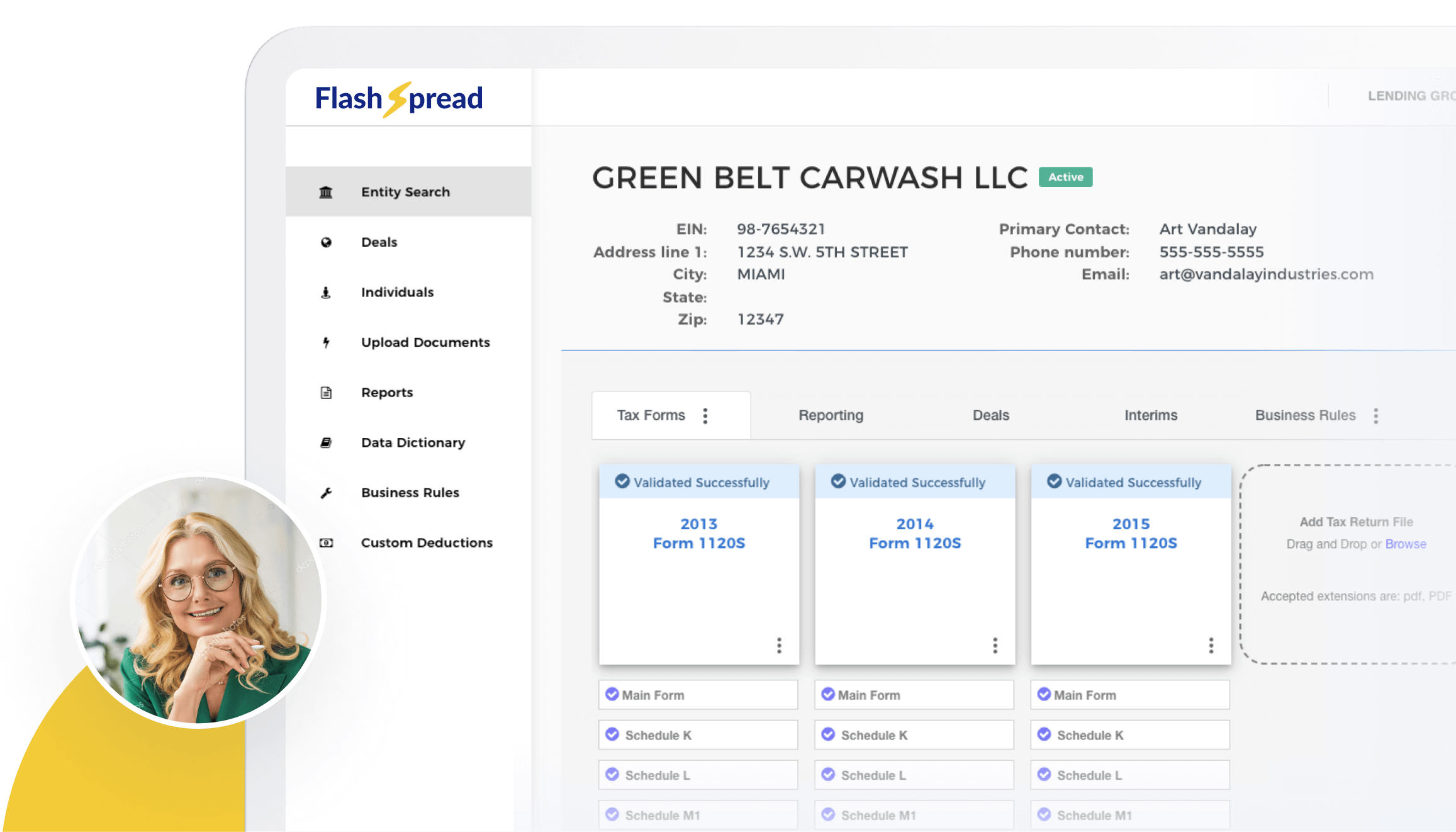It’s a truth universally known— verification of income and employment (VOIE) is complex even under the best of circumstances. For lenders in the commercial space, these complexities have historically kept lenders away from one customer segment—self-employed borrowers.
As seismic shifts continue to transform the job market, however, commercial lenders can no longer afford to ignore this ever-expanding collection of borrowers.
Fortunately, digital technologies have recently stepped in to start ameliorating the pain points around verifying the income of self-employed borrowers.
Let’s explore the ins and outs of verifying income and employment for self-employed workers, and learn about some of the solutions that are making their VOIE much easier.
Table of Contents
The Borrowers You Can No Longer Ignore
Even just ten years ago, self-employment seemed a fringe endeavor. Today, and especially in the aftermath of the pandemic, it is clear that the self-employed are here to stay.
The statistics back this up. According to Gallup data, the self-employed account for 30 percent of current employees in the States. That’s a percentage that can’t be ignored, and one that will only increase in years to come.
The US Bureau of Labor Statistics also estimates that self-employment will continue to grow at a rate of 7.9 percent through 2026— a faster rate of growth than that projected for all workers.
The Self-Employed— Borrowers with Solid Numbers
The historical association of implied risk with self-employed borrowers has also been proven false in recent years. Research now indicates that these borrowers may outperform traditional borrowers in some respects. Self-employed borrowers often have higher credit ratings, for example. Their income, too, is often substantial, albeit dinged by write-offs and deductions.
The growth of this customer segment and their overall viability as borrowers offers up an untapped market that can allow lenders to grow their businesses and access new revenue streams. Loans for these borrowers could soon account for 40 percent of lending. How, then, can lenders overcome some of the logistical hurdles that have made VOIE in this sector so complex?
Streamlining VOIE for Commercial Lenders
As stated above, the tax returns of self-employed borrowers don’t always reflect true earnings. Parsing out personal expenses from P&L statements and validating cash flows into personal income can take many work hours. In contrast, a straight, down-the-line input of figures from a W2 into loan origination software takes minutes at most.
There are multiple factors to consider, too, when validating a loan for a self-employed borrower. Stability of income is front and center, but lenders also need to look at location, the nature of the borrower’s business, the demand for the borrower’s product or service, and the overall financial strength of a business.
Subscribe to BeSmartee 's Digital Mortgage Blog to receive:
- Mortgage Industry Insights
- Security & Compliance Updates
- Q&A's Featuring Mortgage & Technology Experts
Documentation that goes along with all of this includes but is not limited to two years of personal federal returns, business returns and financial documentation related to a business.
The complex workflow that comes with VOIE in self-employment scenarios introduces many cycles of “back and forth” between underwriters and loan officers, driving up costs, extending the timeline for a loan and leaving borrowers frustrated and unhappy.
VOIE Answers Through Automation
Fortunately, automated solutions can help lenders assess the viability of self-employed borrowers more quickly and efficiently. One such solution, FlashSpread, instantly converts scanned tax returns into complex and comprehensive financial reports and analysis with little to no human interaction. This enables lenders to make error free, data-driven credit decisions in flash.
The software allows users to upload, or drag and drop, one or more scanned tax returns into the application. The FlashSpread engine then processes the file(s) and extracts the relevant data without a single keystroke.
In addition to pulling the information required for financial analysis, FlashSpread uses the fluidity of the tax return and proprietary algorithms to catch any errors or omissions due to poor image quality, watermarks or incorrectly prepared tax returns — even catching CPA errors in some instances.
All of this translates into sizable time and cost savings for lenders. An automated solution can cut production costs on a loan, speed up the qualifying process, and confirm loan quality.
Lenders will find themselves with happier borrowers at the end of the day, too. Long ignored, self-employed borrowers will flock to commercial lenders who can deliver on a streamlined and faster loan process.
Accessing the Potential
Self-employed borrowers are ready and waiting, and they are well aware that they now have options in commercial lending. Lenders who want to distinguish themselves from the competition should move to make it clear to this growing sector that they are willing to take on their business.
The automation of the VOIE process will help reduce the complexities in this process. It can also help mitigate buyback risks associated with qualifying income and make for a pain-free customer experience.
With the right solution on hand, lenders can meet the expectations of borrowers and the market to forge a more lucrative future. Contact us to learn more about our VOIE offering.




